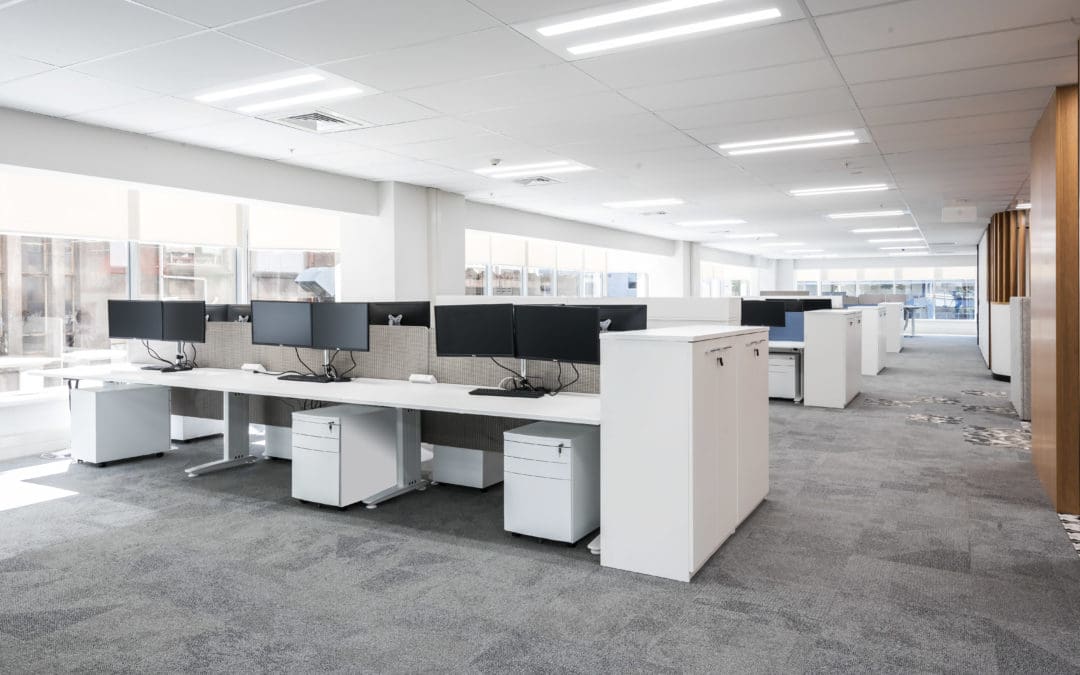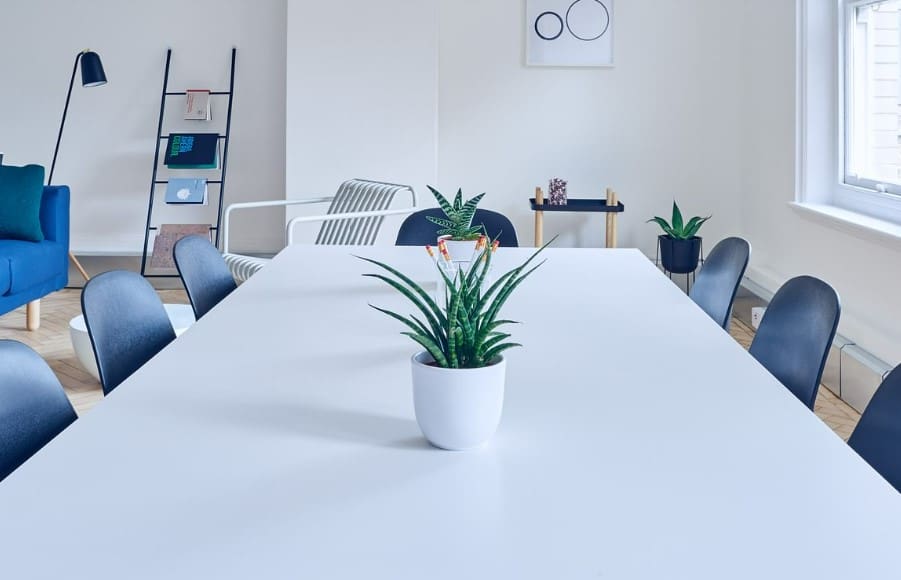As COVID looks like it may become endemic—in other words, always with the community—the future of how we work and where we work becomes even more critical; and business leaders need to make decisions that will balance their employee’s health, productivity, culture, and the desire for better work-life balance.
What is clear is that the work environment, as it was, has to change and that companies need to take a new shape. The question is, what will it look like?
Well, it’s not just about COVID and pandemic restrictions. Living through a pandemic has forced people to change lifestyles and review work-life balance. There is an increased understanding that how we live and work has a profound impact on health and happiness — people now know that they don’t have to live with gridlock, colds, flu, and the traditional 9 to 5 grind.
There is a greater understanding that where we sit, what we touch, how we meet, and previously overlooked details like ventilation can impact our mental and physical health. Strategies like splitting teams—half in the office one day, the other half in the office the next day—help protect the workforce while also accommodating the desire of some to work more from home.
Despite these COVID-induced shifts in the way we work, companies still need to prioritise the organisation’s purpose, which is to do business. Before the pandemic and after it has become an endemic, organisational imperative will be unchanged from the staples of a focussed and productive workforce, with a strong culture, teamwork, good communication, collaboration, and client engagement.
Space
According to Scientific American, social distancing has significantly expanded the boundaries of personal space and our ‘comfort zones’ have expanded. With this in mind, it may well be that larger, better-ventilated areas will be essential from a social, health, and productivity perspective.
This could mean the end of the old claustrophobic, airless meeting rooms and board room venues in favour of larger spaces for meetings and collaboration. Meeting rooms may also need to be designed to better accommodate remote participants, with clear lines of sight and better employment of audio-visual equipment.
The workplace experience
It is essential to create a space that employees want to come to, catering to their many and varied tasks.
For example, outdoor spaces that are connected and comfortable, music, lots of natural light, or better task lighting and enclaves that provide a quiet space for focussed work.
Health
There is an element of the population, and therefore the workforce, who are anxious about the health threat posed by COVID and potentially, in the future, other viruses. These fears make it important to create an environment that helps employees feel safe.
For example, trends in the way we work include a shift to the paperless office to help make the environment more contactless and thermal cameras, or other equipment, that scans the body temperature of employees when they arrive at work.
Another tactic may be how desks or workstations are configured and ventilated.
Ideas are limitless, from environments that facilitate one-on-one walking meetings and workplace meditation to social spaces that emphasise social distancing without making things uncomfortable. The important thing is to understand that the traditional office cannot go back to the way it was.


